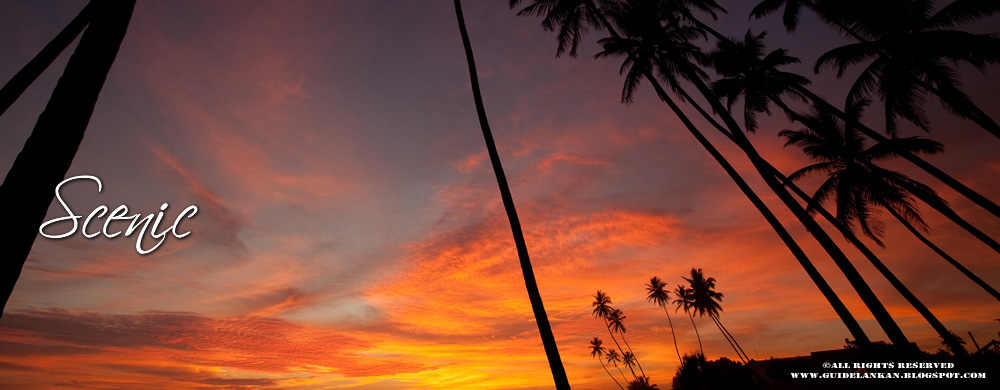The city of Kandy is located 116 kilometers from Colombo. It is 465 meters above sea-level and nestled in the mountainous central region of the island. First established in the mid-14th century, the city resisted many invasions by the Portuguese and Dutch, who occupied most of the island from the 16th century onwards. Kandy remained the last independent capital of Sri Lanka until the reign of Sri Vikrama Rajasinha, when it came under British rule in 1815. The seats of power then shifted to the coastal areas of Kotte and Colombo. However, it is still considered the religious and cultural center of the country, with numerous temples and monasteries, Buddhist colleges and beautiful parks and gardens. The Lankatilaka Temple is known for its traditional Sinhalese architecture and was built in 1344 atop a rocky and uneven hilltop. The Embekke Devale, constructed in the 14th century, is famous for its wooden structure and beautifully intricate woodcarvings. Another popular temple in Kandy is the Gadaladeniya Temple which was built in a South Indian style.
























